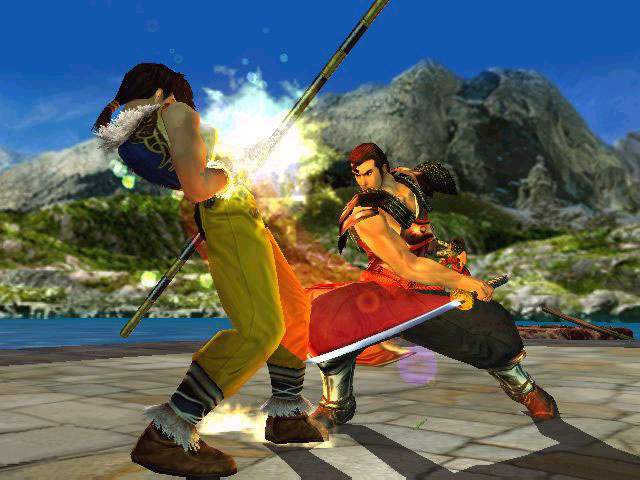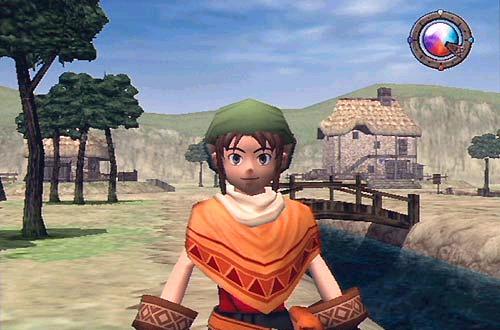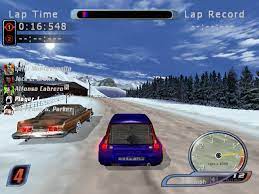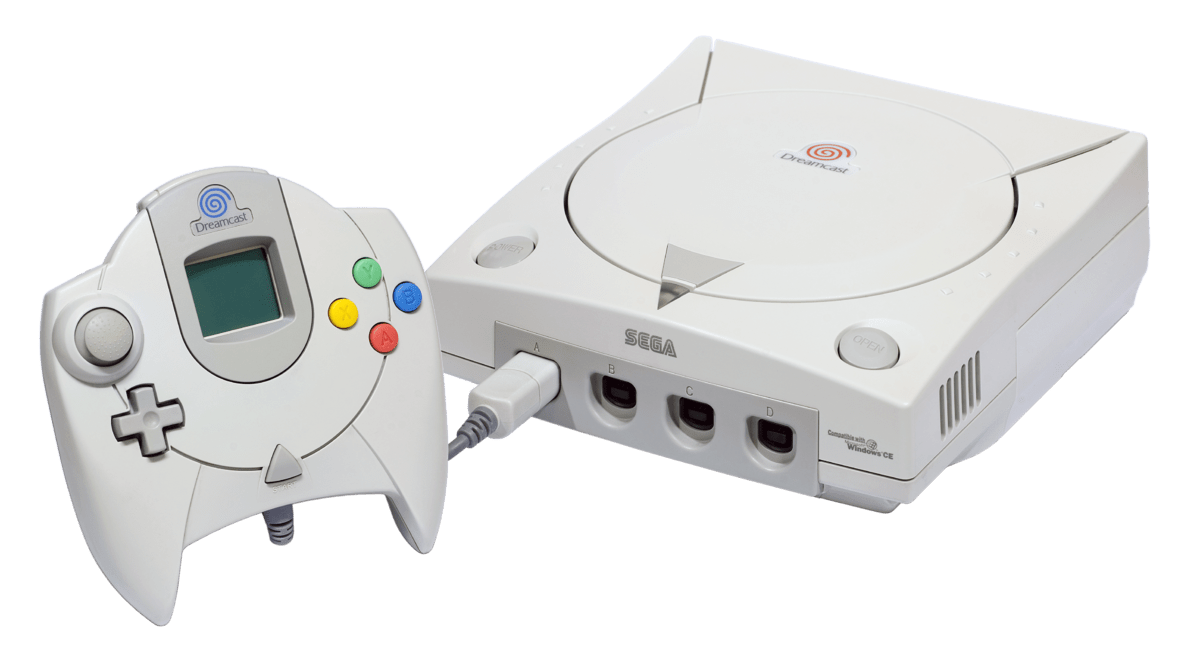Console generations come and go. Every new generation brings forth a feeling of excitement and anticipation that is hard to describe in words. Bigger, prettier, smarter, and better games are expected with each subsequent leap in technology.
In the year 2000, I welcomed with open arms the PlayStation 2 as a replacement to my old gray PlayStation console. A year later I welcomed the GameCube, a console that would succeed my dearest and most beloved console of all: The Nintendo 64.
At the time I was sixteen years old, my own mortality and the passing of time didn’t seem to have a profound effect on me yet. I wasn’t sad when a console generation ended, I looked towards the future instead.
These days, in my 30s, I find myself nostalgically looking towards the past. But there was an exception to this rule of not suffering the death of a console during my teen years. That sole glitch in the matrix was the Sega Dreamcast.
Against All Odds I Have Fonder Memories of the Dreamcast Than I Do of the PS2

Overall, there is no arguing the fact that the PlayStation 2 had better games and in larger quantities than the Sega Dreamcast. The PlayStation enjoyed record breaking numbers in terms of commercial success and it only had a six-year lifespan.
By Contrast, the Dreamcast only had a few years (1999-2001) of productive life in the west. For at least for the last 8-12 months of its lifespan, the system kept fighting rumors and speculation about its inevitable early demise.
Sega of Japan (and at times Sega of America) had made too many mistakes during the 1990s that had cost them too much money to keep fighting the hardware war with Nintendo, Sony, and powerful newcomer, Microsoft.
The Dreamcast was everything that the Sega Saturn had not been, a powerful machine that provided a friendly development environment for third parties at attractive pricing. Yet, there is such a thing as ‘too little too late’ even for a system that was not “too little” at all.
The Dreamcast was the real first leap from the 32-64 bit era to the 128 bit one. Yes, all the way to the PS2’s release ‘Bits’ were still used as a primary gauge for measuring and marketing hardware power in those early days.
None of the PS2’s launch titles in 2000 had the same visual pizzazz as Sonic Adventure and Soul Calibur had in 1999. In truth, by the time that I got to play PlayStation 2 games, the Dreamcast had already soothed my “128-bit” itch.
That is not to say that the PlayStation 2 did not have its own “wow” moments, as I was consistently amazed by the Gran Turismo 3 A-Spec’s visuals and even Tekken Tag, but those games while incredibly good looking did not have the shock value for me that Soul Calibur had in 1999 or Resident Evil: Code Veronica in early 2000.
The Dreamcast Brought ‘Reality’ To 3-D Graphics Before the PlayStation 2 Did

In 1998 I thought that no game would ever look better than Ocarina of Time did, but a year later Soul Calibur displayed the most realistic human models that I had ever seen in a video game. The blocky look of polygonal characters was gone, and even human skin looked ‘real’ in what was the Dreamcast’s most stunning technological showcase in its early lineup.
Resident Evil: Code Veronica would arrive a few months later to stun me even further with its massive leap in visual quality over its PlayStation predecessors. The Dreamcast hardware offered a true leap in visual fidelity from what came before. The PlayStation 2 was a more powerful machine, but its games, at least early on, felt like more of the same…an extension of what I had already seen on the Dreamcast.
I Got Mediocre High School Grades While Being Addicted to Speed Devils Online…and the Dreamcast Web Browser

I was sort of poor during my high school years, while I did (with the help of my mother) save enough money to buy home consoles aided by a part time job, I could not really afford a PC at the time. I remember that I used to have to write on a typewriter in order to get my High School Papers done.
I have a suspicion that many of our readers will not even know what a typewriter is, but a quick google search will suffice to clear up their doubts. Still, my lack of ownership of a PC meant that the Dreamcast was my very first experience with online gaming and the internet in a private non-school matter.
In those days, only PCs and the Dreamcast (at least to my recollection) could connect to the internet. There were no web browsing cellphones (at least in America), or other screen ready devices. It was just me, my Dreamcast, and its good old 56k modem…and Speed Devils.
I quickly got addicted to the arcade heavy racing game. It was an otherworldly experience to be able to play with players from other countries every night. While the experience by today standards was probably subpar, in those days I was in online gaming nirvana.
The Dreamcast did that for me.
The PlayStation 2 Hammered in the Last Nail in the Dreamcast’s Coffin
The easy thing to say is that the “PlayStation 2 hype killed the Dreamcast” when trying to explain the short-lived run of Sega’s final console. It makes sense, gamers awaited the PlayStation 2’s arrival, and this fact kept their wallets away from the Sega Dreamcast.
In truth, the Dreamcast might have needed to sell 2-3 times what it did in its first year for Sega not to pull the plug on the little system. Sega’s sins had been far too many and the company had dug itself into a financial hole that it would not be able crawl out of by remaining in the hardware business. Console launches are expensive, and in some ways, the Sega Saturn had killed the Dreamcast by killing Sega prior to the Dreamcast’s release.
22 years ago it did feel like Sony’s powerful DVD playing sophomore console had killed the Dreamcast right out of the gates. Had Sega been in a financially stable position at the turn of the millennium, it might have survived the PS2 era, much in the same way that Nintendo did with its commercially disappointing GameCube.
Given how the PlayStation 2 eventually churned out titles like Shadow of the Colossus and God of War, I would have loved to see the Dreamcast’s maturation into the mid 00’s. I thought it was a great system, and when it was over for it, it felt like a part of me died with it.
Unlike the Nintendo 64 and the PlayStation, the Dreamcast would have no successor. It would not be replaced by a natural evolution of the console under Sega (though the Xbox did flesh out much of what the Dreamcast started).
I do not know exactly when it was that hit me that the Dreamcast’s days were numbered. Perhaps, it was during Sony’s Tokyo Game Show unveiling of the PS2 in 1999. Games like Tekken Tag and the Bouncer stole the show with their beautiful visuals, and the hype of a console that would produce “Toy Story” like graphics stalled whatever momentum the Dreamcast had attained.
Or maybe it was when Sega partnered up with Earthlink to deliver a $200 dollar rebate check to anyone that subscribed to the service, thus essentially giving away a Dreamcast for free. Desperate times call for desperate measures, and there is nothing more desperate than giving away a console free of charge to prospective customers.
I cannot pinpoint when I knew the Sega Dreamcast was dead, as it was way before the official Sega announcement declaring that the company had decided to leave the hardware business discontinuing the Dreamcast on March 31, 2001.
In the end, the Dreamcast was officially dead a year and half removed of its joyous 9-9-1999 launch date. My beloved PlayStation 2 did not kill my beloved Dreamcast, but it certainly helped to bury it before its time…and it still hurts me to this day.
Agree with the author? Couldn’t disagree more and are frothing at the mouth to tell him? Leave a comment here, on Facebook or send an email and make sure to follow Never Ending Realm on Facebook, Twitter, and YouTube!
